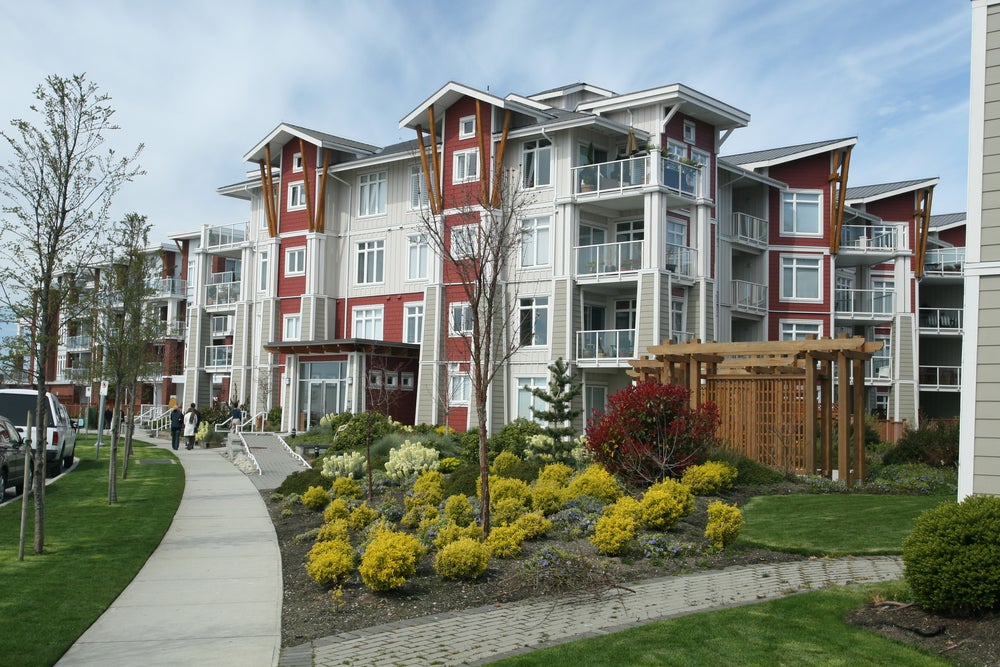While the pandemic and inflation have had a well-documented effect on multifamily housing, investment firms’ focus on properties away from the coasts continues to dominate decisions being made in 2023. But that transition may be headed to colder locales.
Population migration to the Sun Belt and mountain cities, while popular for years, hit the acceleration pedal during the pandemic. People wanted a better quality of life with milder weather patterns, the ability to raise families in nonurban settings and to enjoy a slower pace of life. That acceleration, spurred by rising interest rates, has made these cities, hot locations for living as well as investing.
“People are just moving away from the coast, which tech firms move inland and drive demand. Nashville (Tennessee) and Austin (Texas) have seen a lot of corporate relocation with a much more affluent crowd and bringing in more money,” Percent President Prath Reddy told Benzinga. Percent, formerly Cadence, is a private credit marketplace that allows investors to have private credit exposure. “With little mature housing to buy, more money is flowing into multifamily housing.”
As a result, Percent has focused on private credit opportunities for multifamily housing throughout the Sun Belt, especially in Austin, Nashville, Charleston, South Carolina, and West Palm Beach, Florida.
“(Our company) has always been slanted towards multifamily, and COVID gave us a pause on the office side. Those people are going to keep working remotely. And because homeownership is on pause, renters are staying in place, the tenancy is longer and occupancy higher,” Reddy added.
Metro areas with the biggest in-migration have become cost-prohibitive and not affordable for many families. And while communities like Atlanta, Austin and Miami remain attractive, Yardi Matrix predicts migration patterns to shift again in the next few years. Yardi pointed to rising demand in cities in the Midwest and Northeast. The property manager data company also reports that the national winner for in-migration in 2022 was not Austin but Indianapolis.
Reddy also sees the Northeast trend attractive to his investors, with central Massachusetts among the areas that Percent is looking at in the future. “We’re looking at the Worcester (Massachusetts) area and Hartford (Connecticut), which are seeing a renaissance.”
Higher interest rates have also made it easier for Percent investors to remain optimistic about its multifamily credit opportunities. “On the private side, we’re looking for portfolios or leases and doing the underwriting. We don’t finance operators. We’re looking at asset-based deals, and it’s about location, location, location,” Reddy said.
Reddy also believes larger interest rates will be around for a couple of years, with his company currently offering secondary funding “in the 15% range” and focusing on smaller loans for companies with sub-$30 million loans, which are generally subject to the higher rates. According to Reddy, in the past few years, venture capital-backed Percent has issued $1.1 billion in loans.
Check Out More on Real Estate from Benzinga
Image and article originally from www.benzinga.com. Read the original article here.

